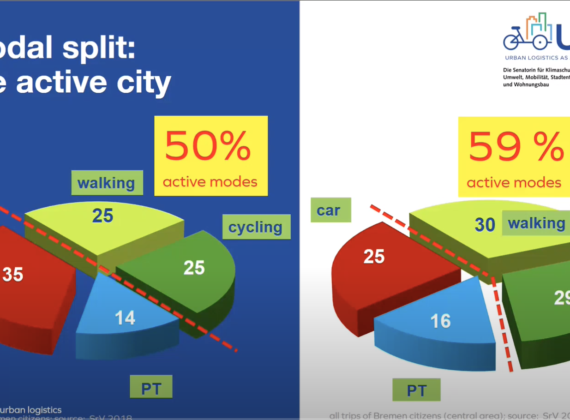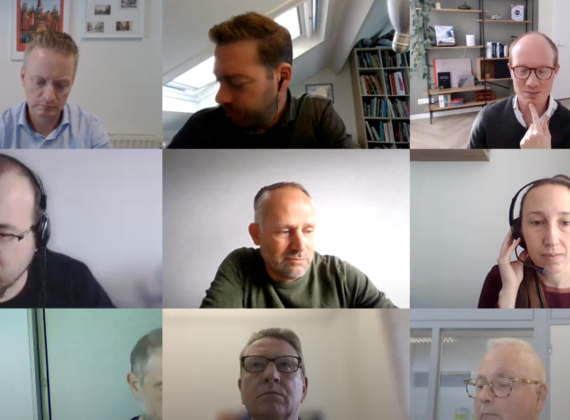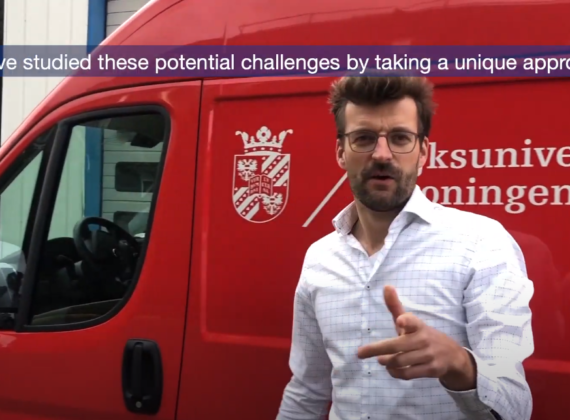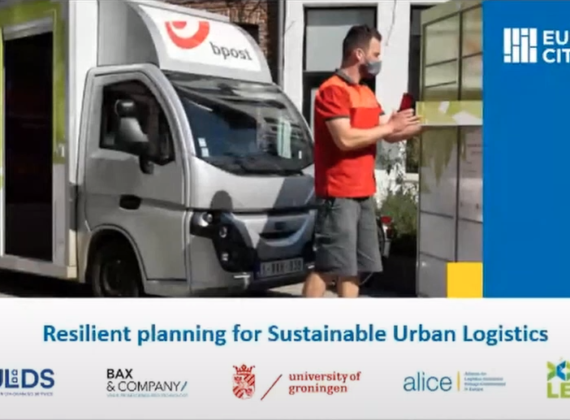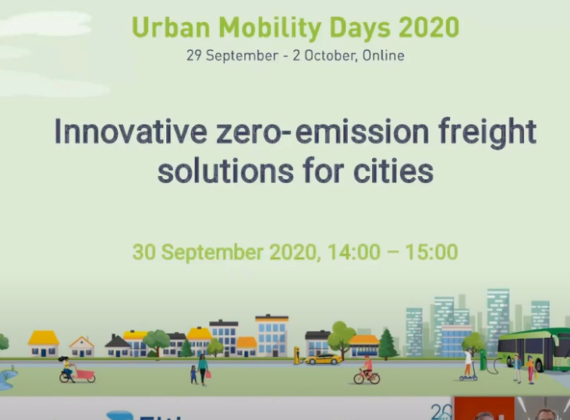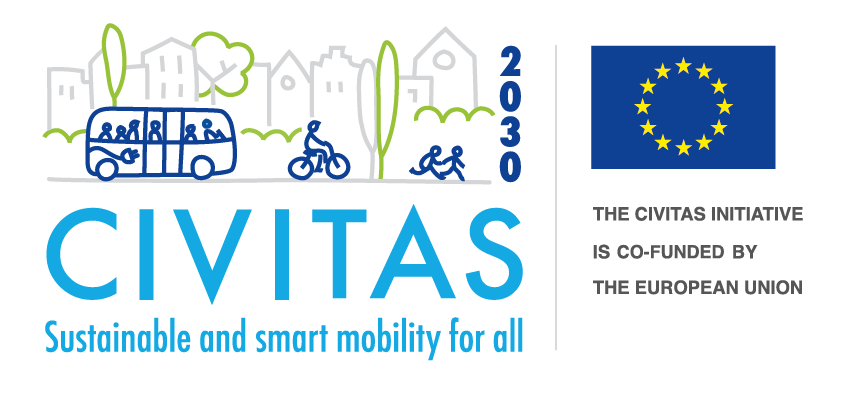Resources
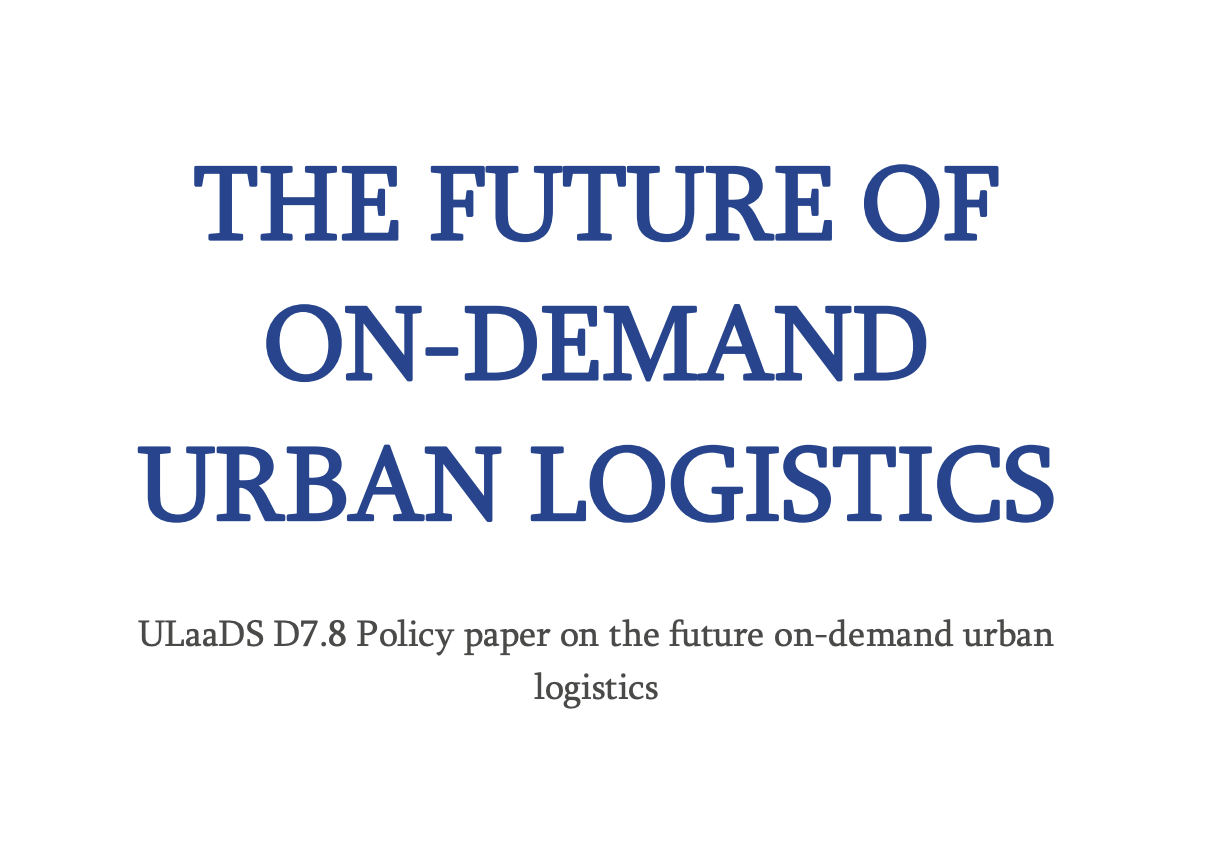
D7.8: Policy paper on the future on-demand urban logistics
This policy paper aims to highlight key lessons learned in ULaaDS, addressing primarily city planners and policy makers engaged in urban logistics. These findings were collectively assembled by ten partners from seven ULaaDS entities, who drew on ULaaDS trials and research, as well as other European examples.

D7.6: Insights from training workshops organised
This report describes the trainings organised in the framework of the project and offers an overview of the insights generated during the trainings.
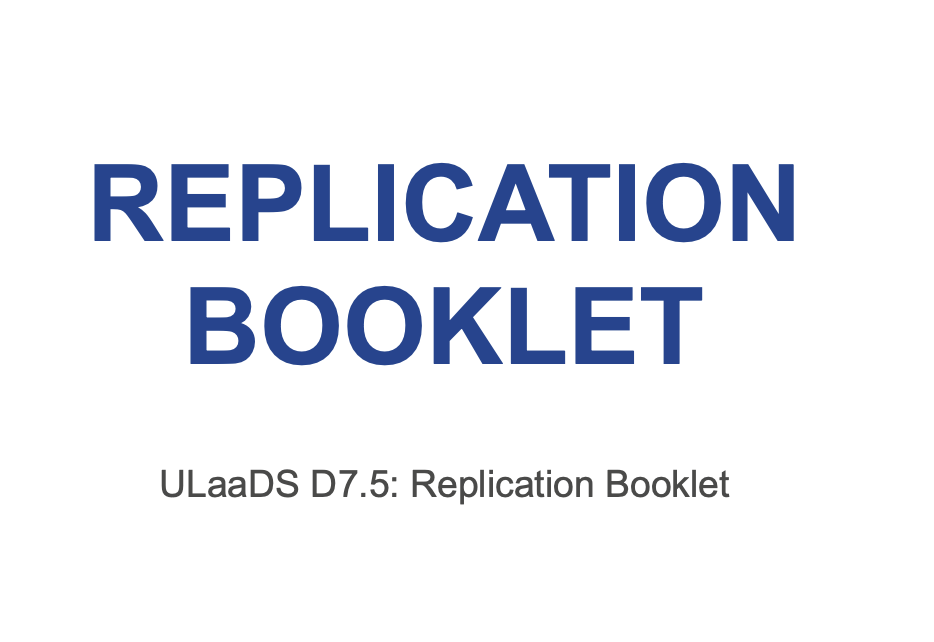
D7.5: Replication Booklet
The D7.5 Replication Booklet operates as a manual, accessible in both digital and print formats, delineating replication methodologies employed by the ULaaDS project. It also provides an overview of technologies, strategies, and business models trialled by the Lighthouse cities, assimilating insights and lessons learned from demonstration activities in Work Package 4 (WP4) and replication activities in Work Package 5 (WP5).
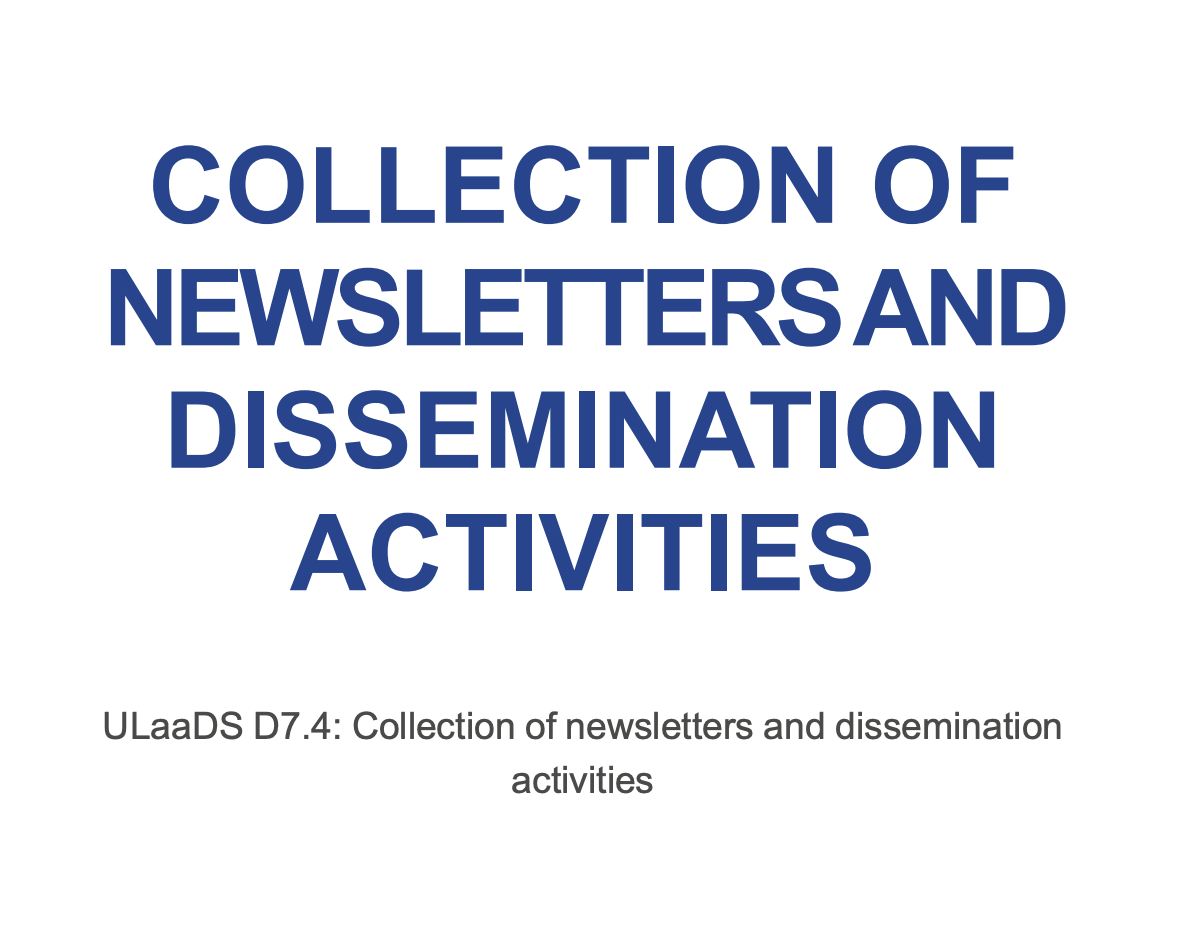
D7.4: Collection of newsletters and dissemination activities
This report presents an overview of the communication and dissemination activities executed across the entirety of the ULaaDS project and assesses their impact with regards to specific Key Performance Indicators (KPIs) set in Y1 (2020).
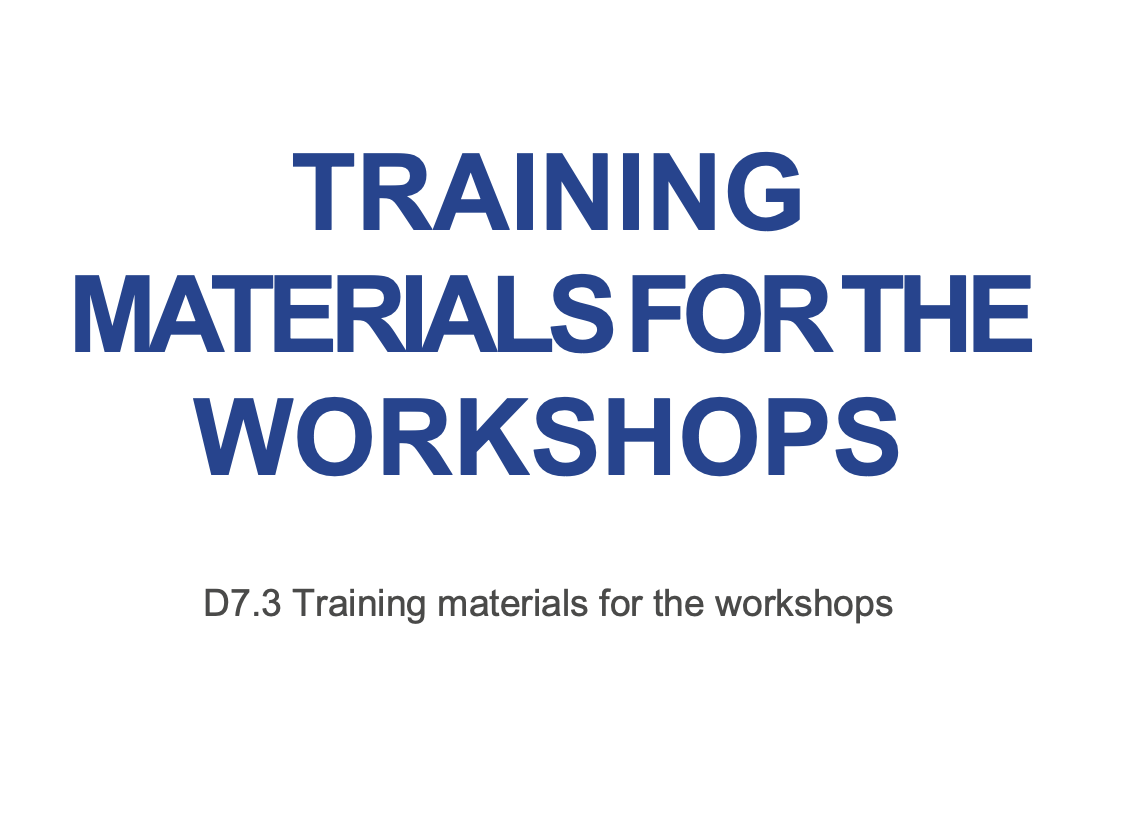
D7.3: Training materials for the workshops
This report describes the trainings organised in the framework of the project and offers an overview of the materials used for the trainings. The subjects covered by the ULaaDS trainings were established based on a needs assessment carried out with the ULaaDS cities by Eurocities and Bax & Company.
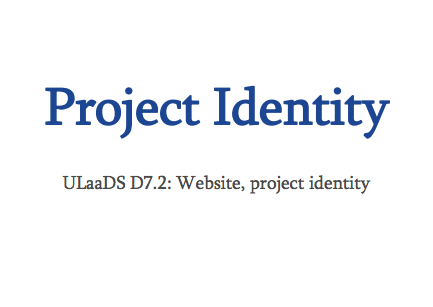
D7.2: Project Identity
The ULaaDS project identity toolkit provides an overview of the developed graphical and communication baselines and gears the project with a unique visual identity.
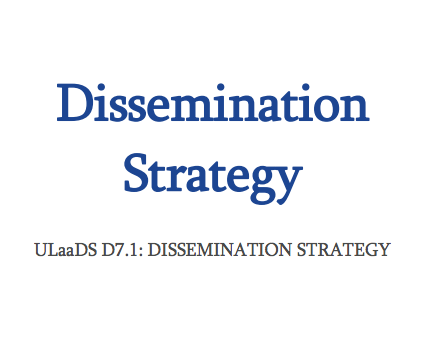
D7.1: Dissemination Strategy
This document describes the target audiences, activities, communication and dissemination tools and channels that will enable ULaaDS to be the flagship initiative in Europe boosting the uptake of innovative, shared, zero-emission and fair logistics in cities while dealing with the impact of the on-demand economy on a local level.
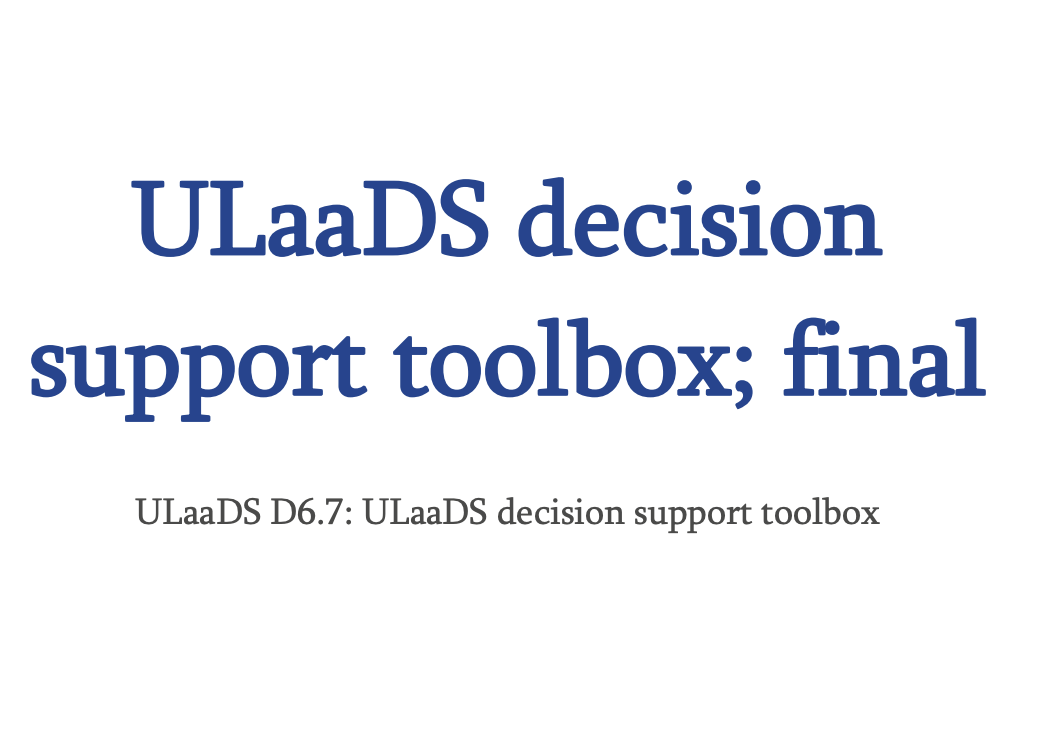
D6.7: ULaaDS decision support toolbox (Final)
This report provides detailed information about the technical foundation and the final version of the decision support toolbox with the implementation of data from the project.
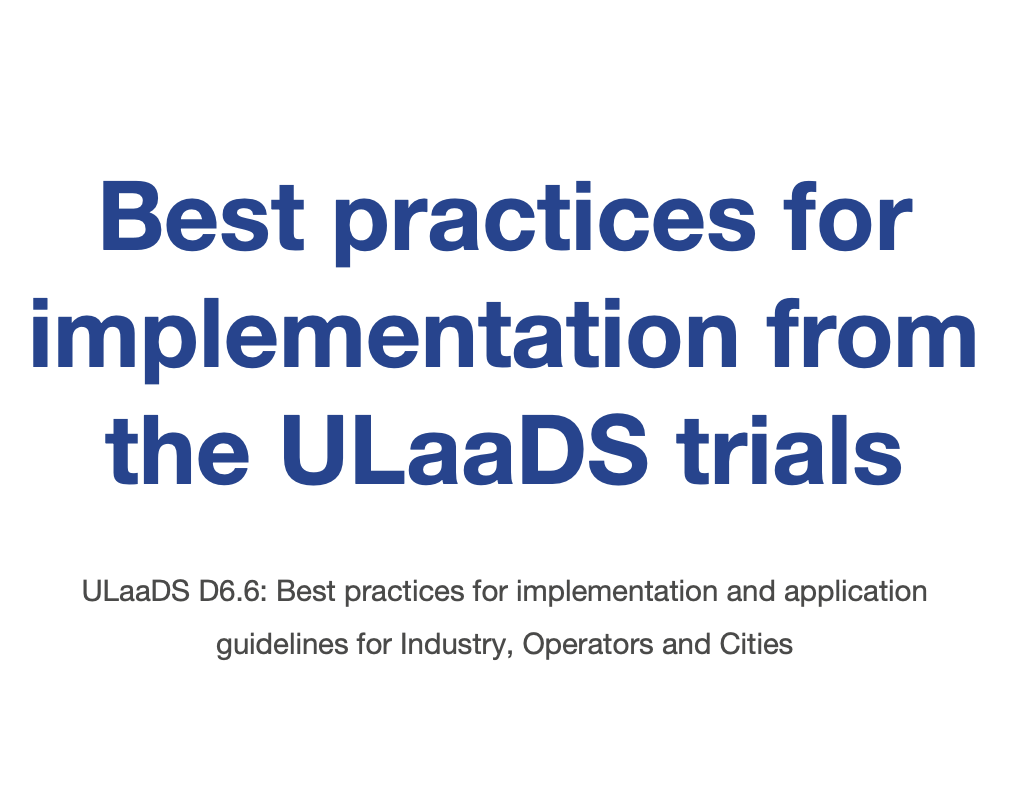
D6.6: Best practices for implementation from the ULaaDS trials
This deliverable compiles the collective insights from the ULaaDS project, highlighting the critical factors for the success of sustainable urban logistics initiatives, including multi-level collaboration and adaptable regulations. It offers targeted recommendations for both policymakers and businesses, particularly focusing on the implementation of parcel locker systems as a viable last-mile solution.
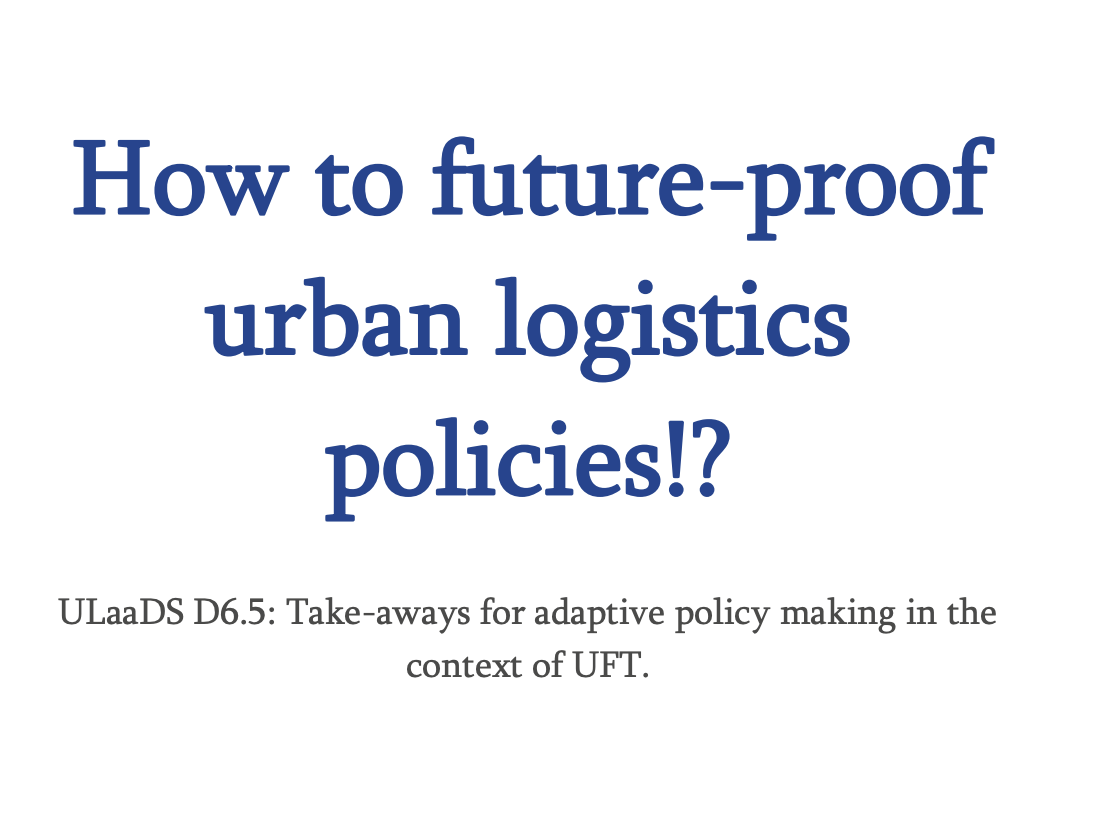
D6.5: Take-aways for adaptive policy making in the context of UFT
This document outlines each of the five steps from the Adaptive SULP cycle and explains why and how they might help SULPs or SUMPs become more adaptive. An extensive explanation and substantiation of the adaptive SULP cycle can be found in ULaaDS deliverable 6.4.
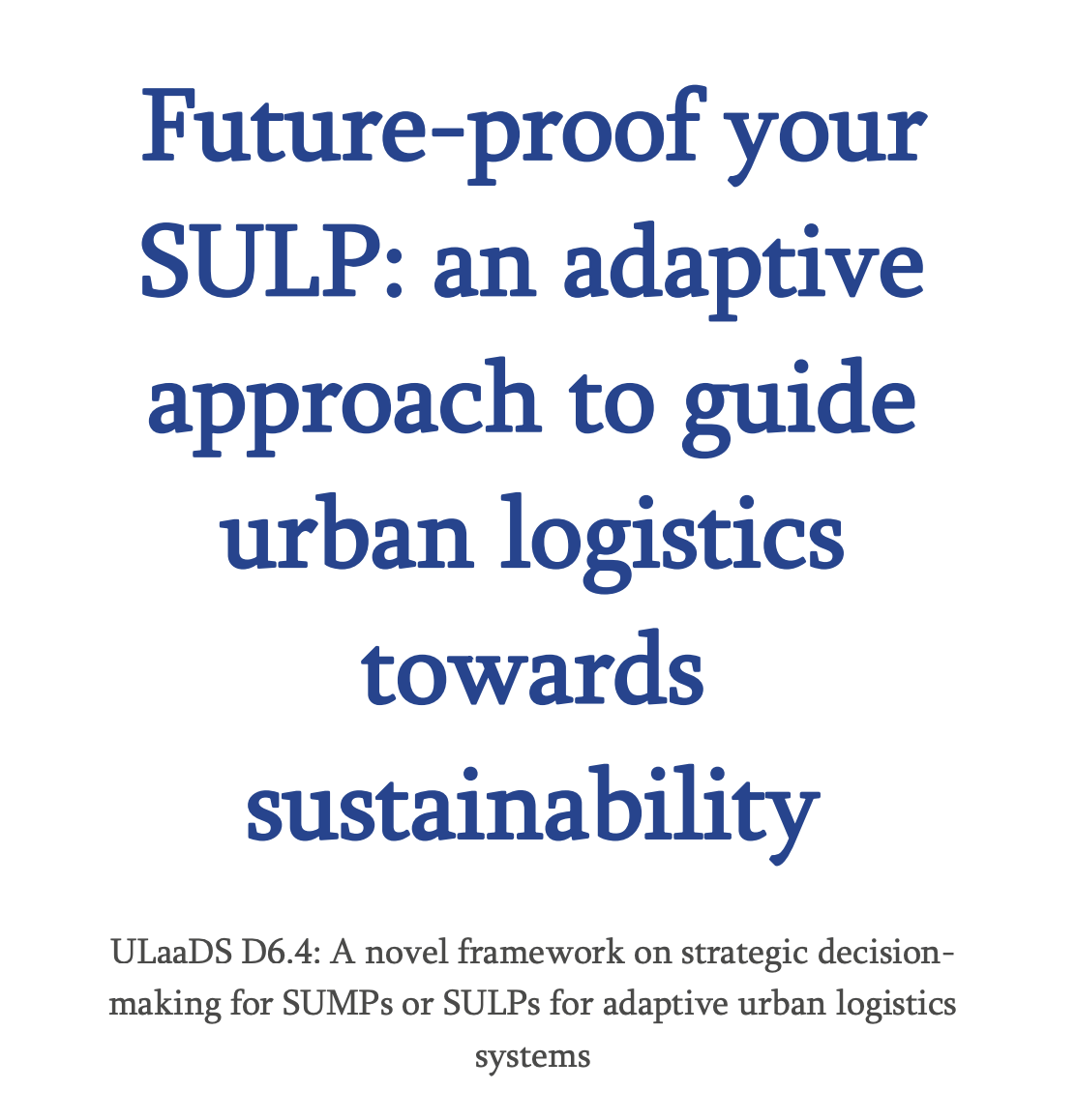
D6.4: Future-proof your SULP: an adaptive approach to guide urban logistics towards sustainability
This study provides a valuable understanding of the strategies deployed by local policymakers in urban logistics to effectively manage future possibilities and their consequences. These valuable insights serve as the foundation for the development of an adaptive approach to urban logistics policy-making. A strategic framework is presented, which incorporates adaptive capacity-building strategies aligned with the various phases outlined in the current EU SULP guidelines.
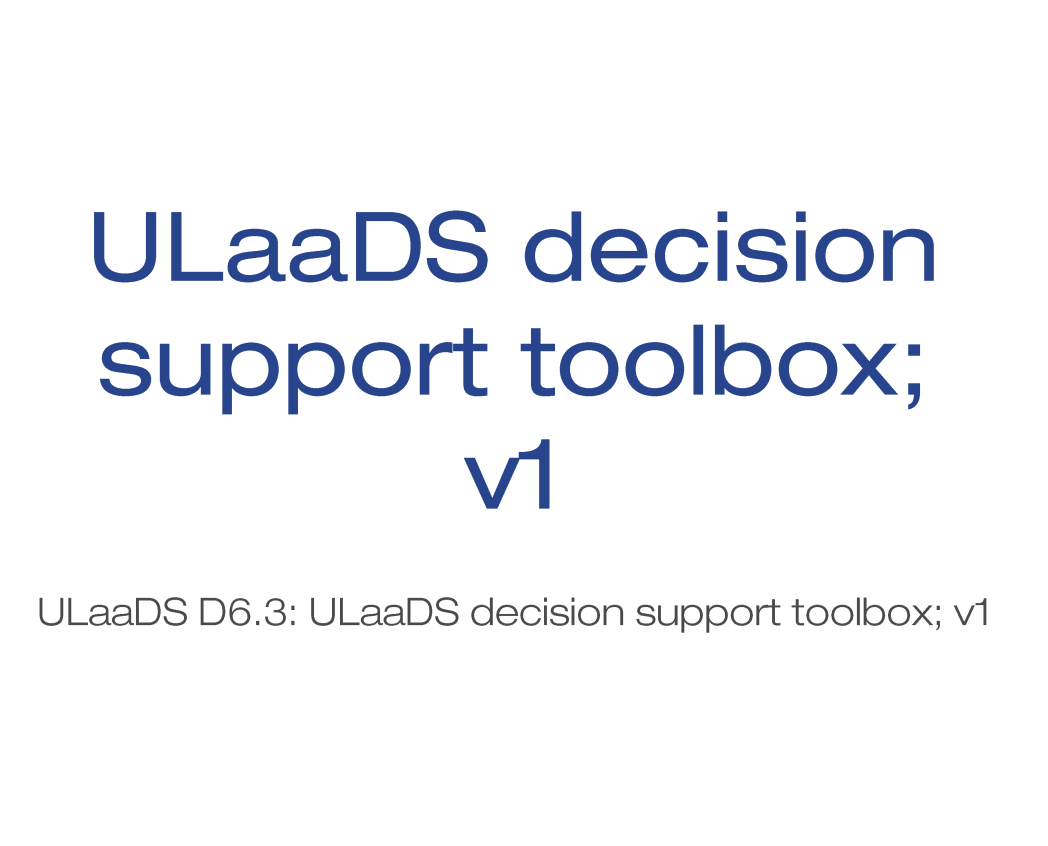
D6.3: ULaaDS decision support toolbox
This report provides detailed information about the technical foundation and the first version of the decision support toolbox with the implementation of data from the project. This version represents the starting point of an iterative improvement process based on partner feedback.
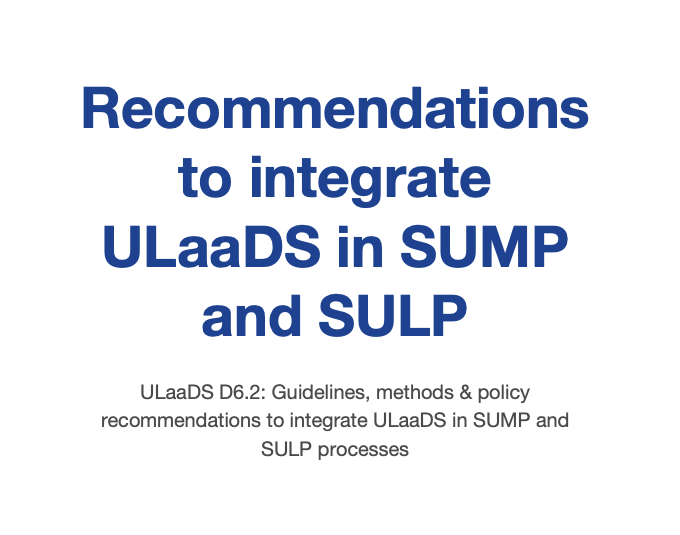
D6.2: Guidelines, methods & policy recommendations to integrate ULaaDS in SUMP and SULP processes
This deliverable focuses on driving factors, barriers, and key elements for successful pilot and trial implementation regarding SUMP or SULP development.
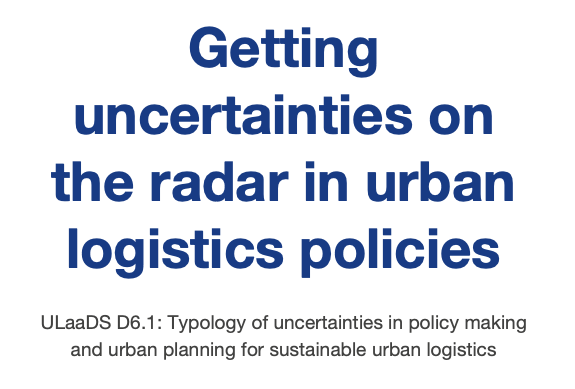
D6.1: Getting uncertainties on the radar in urban logistics policies
City administrations across Europe intensify their efforts to foster sustainable urban logistics with the help of Sustainable Urban Logistics Plans (SULPs). This policy note calls for a proactive take on uncertainties in the development and implementation of SULPs.
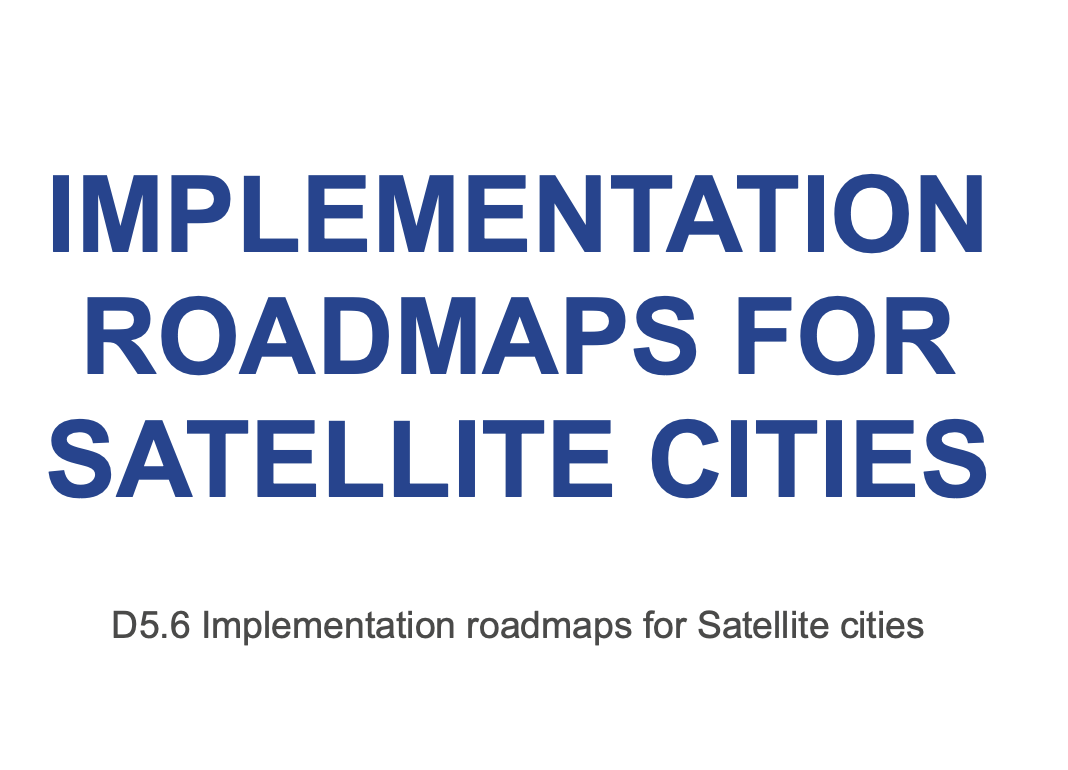
D5.6: Implementation roadmaps for Satellite cities
This report outlines the ULaaDS replication approach, focusing not only on the technical solutions tested in ULaaDS but also on the broader contextual factors influencing the deployment of the tested measures in each city.
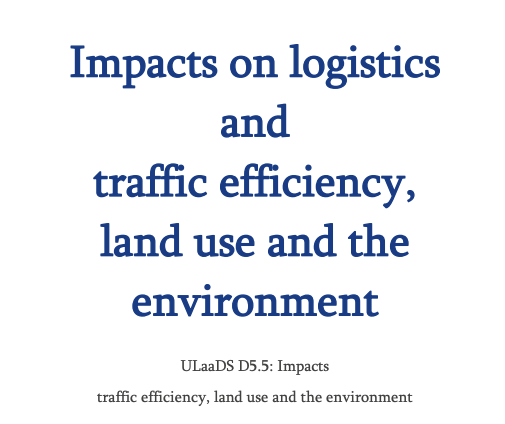
D5.5: Impacts on logistics and traffic efficiency, land use, and the environment
This deliverable assesses the impacts of the trials on logistics efficiency, land use and the environment
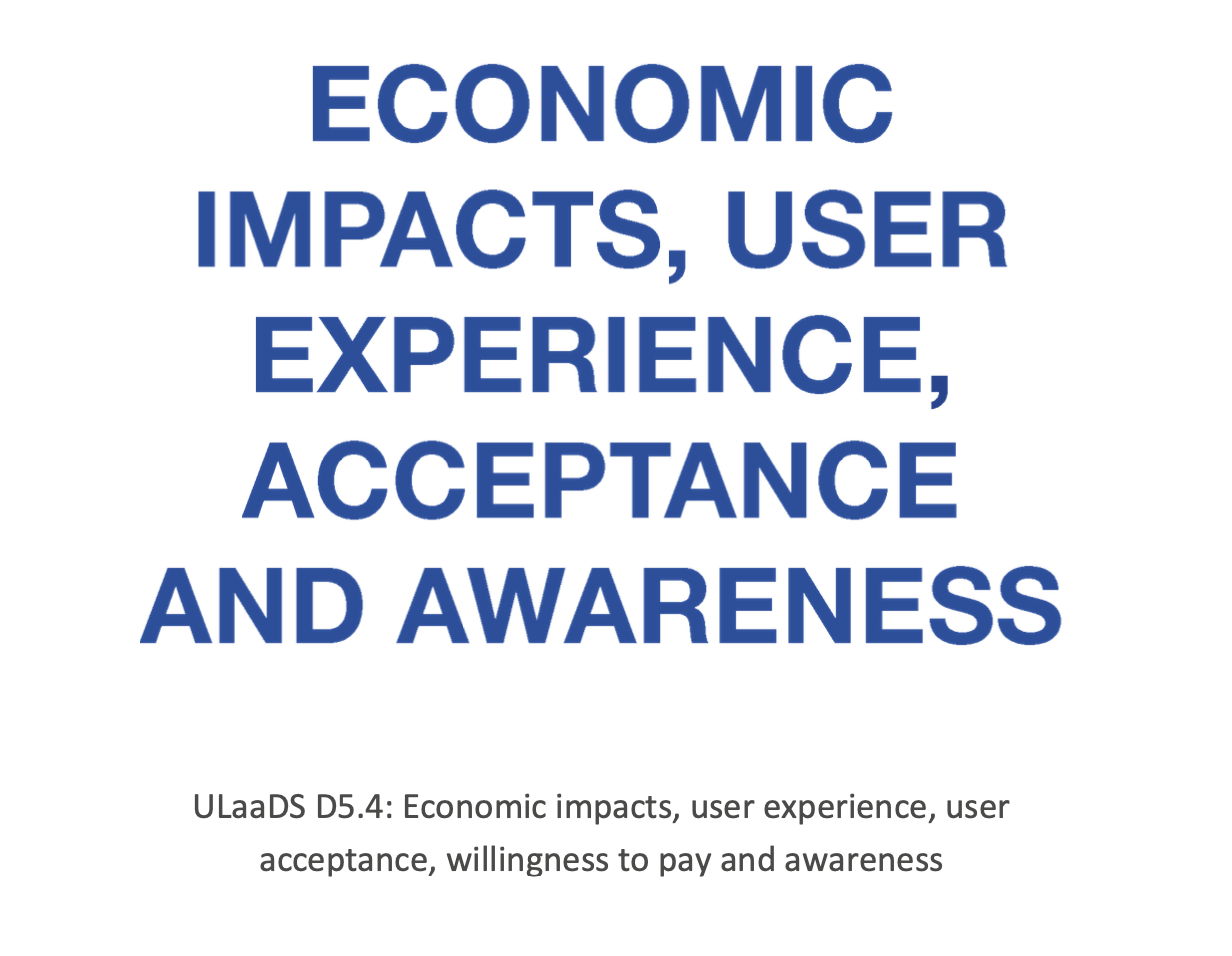
D5.4: Economic impacts, user experience, user acceptance, willingness to pay and awareness
This report assesses the economic and social impacts of the different trials that were carried out in the three lighthouse cities of the ULaaDS project.
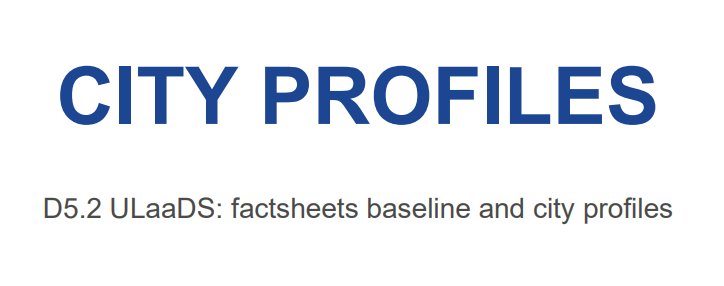
D5.2: ULaaDS factsheets baseline and city profiles
The deliverable D5.2 “ULaaDS: factsheets baseline and city profiles” offers an overview of the main characteristics of the seven ULaaDS cities, summarises the state of play in relation to urban logistics/urban freight and gathers preliminary information on the solutions that will be tested and implemented during the ULaaDS project.
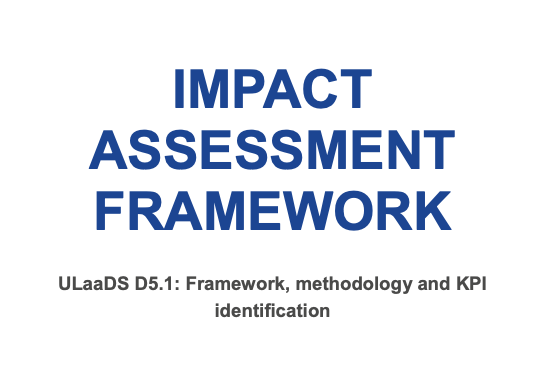
D5.1: Framework, methodology and KPI identification
The purpose of this deliverable is to present a framework and comprehensive methodology to identify and assess the impacts of the ULaaDS research trials in the lighthouse cities Bremen, Mechelen and Groningen. The framework is meant to be used for assessing how well the trials perform, as well as assessing various effects, and for impact calculations and comparability among the trials.
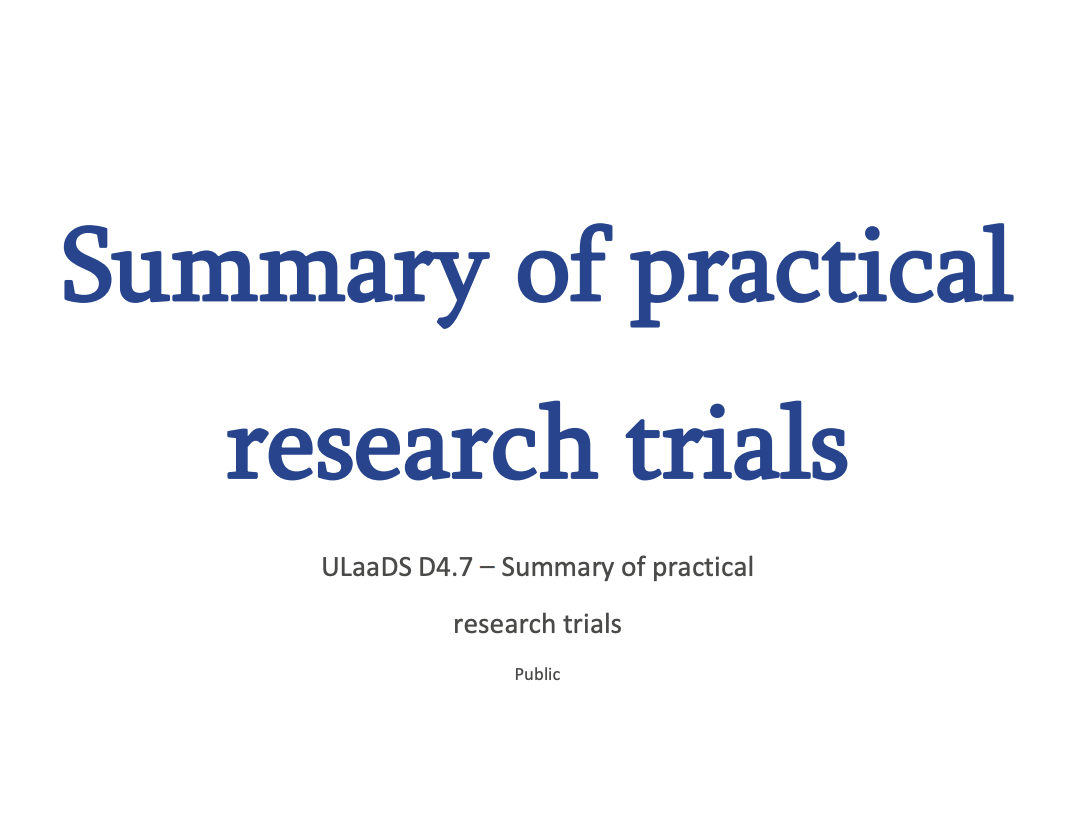
D4.7: Summary of practical research trials
Gain an insight into how the trials were conducted during the ULaaDS project, from defining solutions, to actual implementation and lessons learnt.
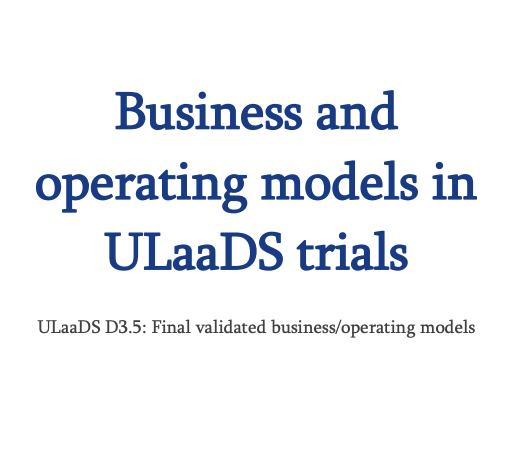
D3.5: Business and operating models in ULaaDS trials
This report details the development and validation of novel business and operating models for sustainable, on-demand urban freight transport, highlighting the successes and challenges faced during trials in three lighthouse cities.
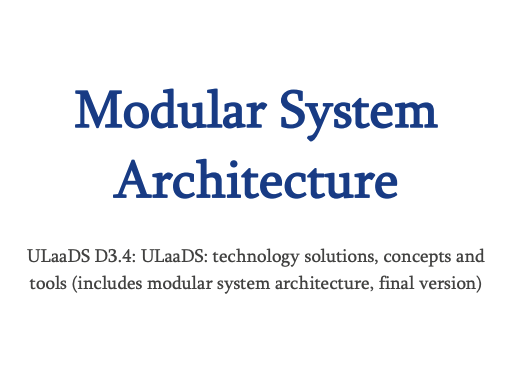
D3.4: ULaaDS Modular System Architecture
This deliverable provides the final system architecture for the ULaaDS research trials.
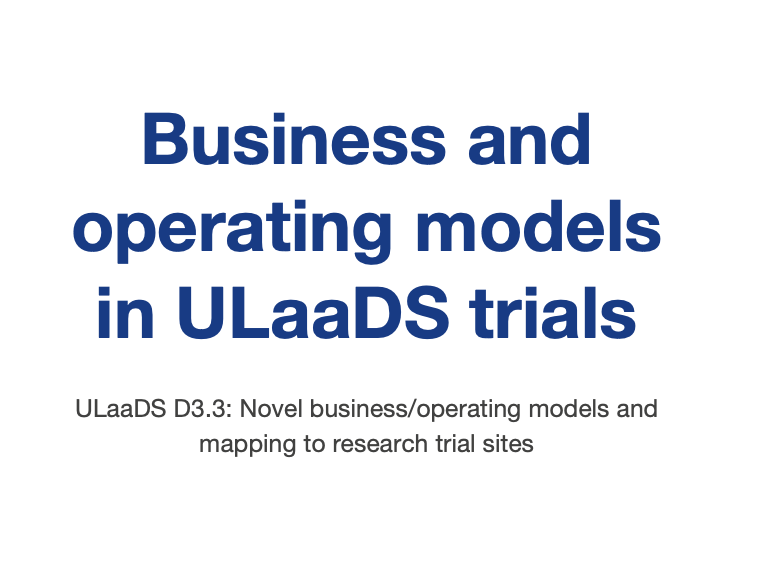
D3.3: Business and operating models in ULaaDS trials
This deliverable presents the latest update on the ULaaDS solutions, including the evolution of the business and operating models thus far for each of the lighthouse city trials.
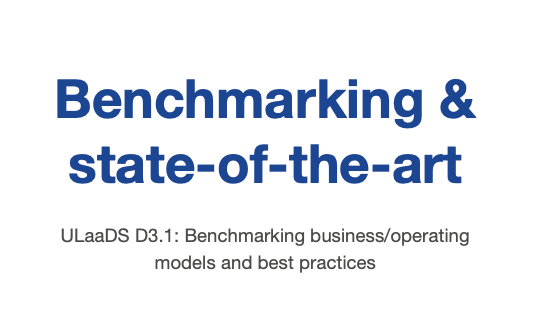
D3.1: Benchmarking & state-of-the-art
This document provides the state-of-the-art and a benchmark of the business and operating models for sustainable on-demand urban logistics solutions. Information about these solutions is collected based on a thorough review of the academic and professional literature as well as a collection of best/validated practices of other innovation initiatives, from academic studies to the latest insights on (commercial) research and development projects.
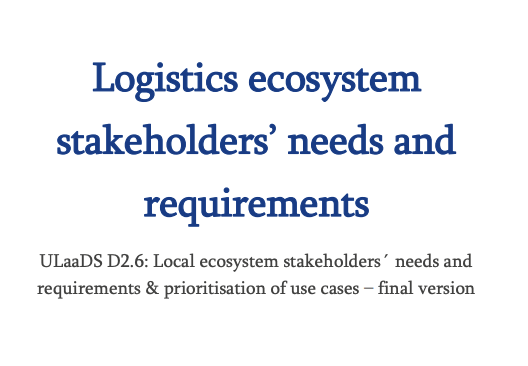
D2.6: Logistics ecosystem stakeholders’ needs and requirements
The results of the ULaaDS Stakeholder Engagement Process are split between two deliverables. The results of the local fora and the collective target system are presented in D2.5, and the results of the stakeholder mapping and the needs and requirements for the ULaaDS trials are presented in D2.6.
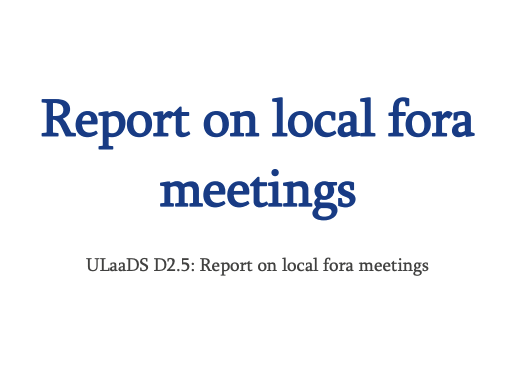
D2.5: Report on local fora meetings
The results of the ULaaDS Stakeholder Engagement Process are split between two deliverables. The results of the local fora and the collective target system are presented in D2.5, and the results of the stakeholder mapping and the needs and requirements for the ULaaDS trials are presented in D2.6.
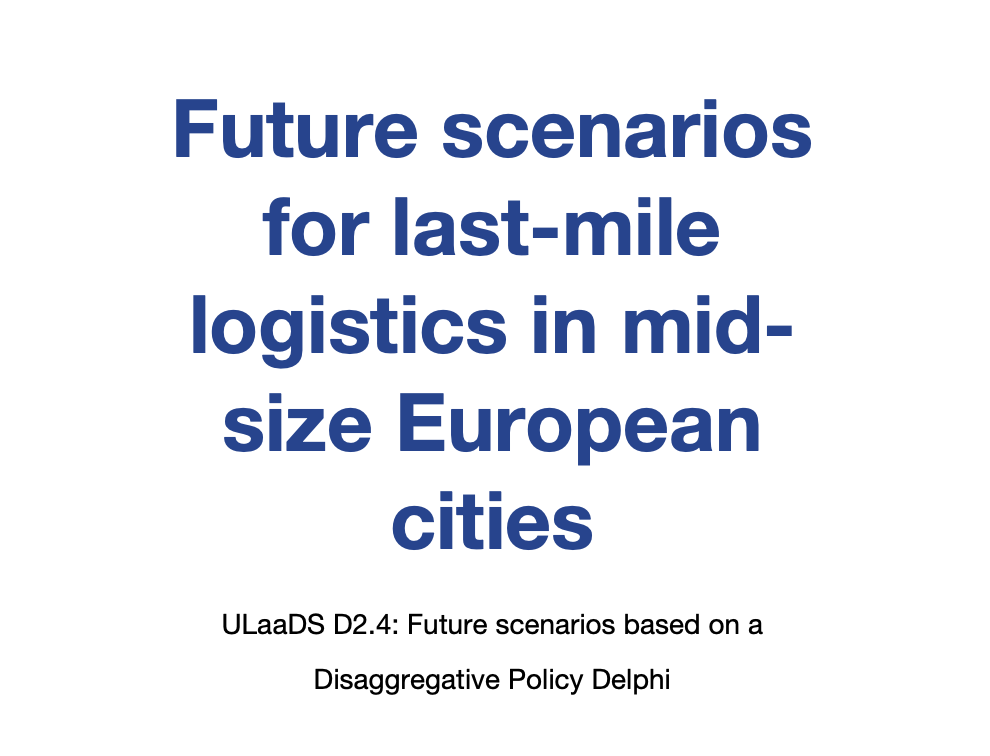
D2.4: Future scenarios for last-mile logistics in midsize European cities
This study aims to identify plausible future states in last-mile logistics for mid-size European cities. It presents six scenarios for last-mile logistics in the year 2035 and identifies key themes policy makers should consider in addressing the uncertain future of last-mile logistics.
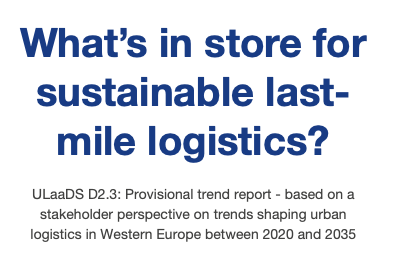
D2.3: Provisional trend report – What’s in store for sustainable last-mile logistics?
This provisional trend report discusses the potential changes in last-mile city logistics up until 2035. Its aim is to make sense of the possible developments ahead, rather than to predict the future of city logistics. The exploration is structured along various decisive themes for the sector, such as transportation, accessibility, cooperation, regulation and innovation.
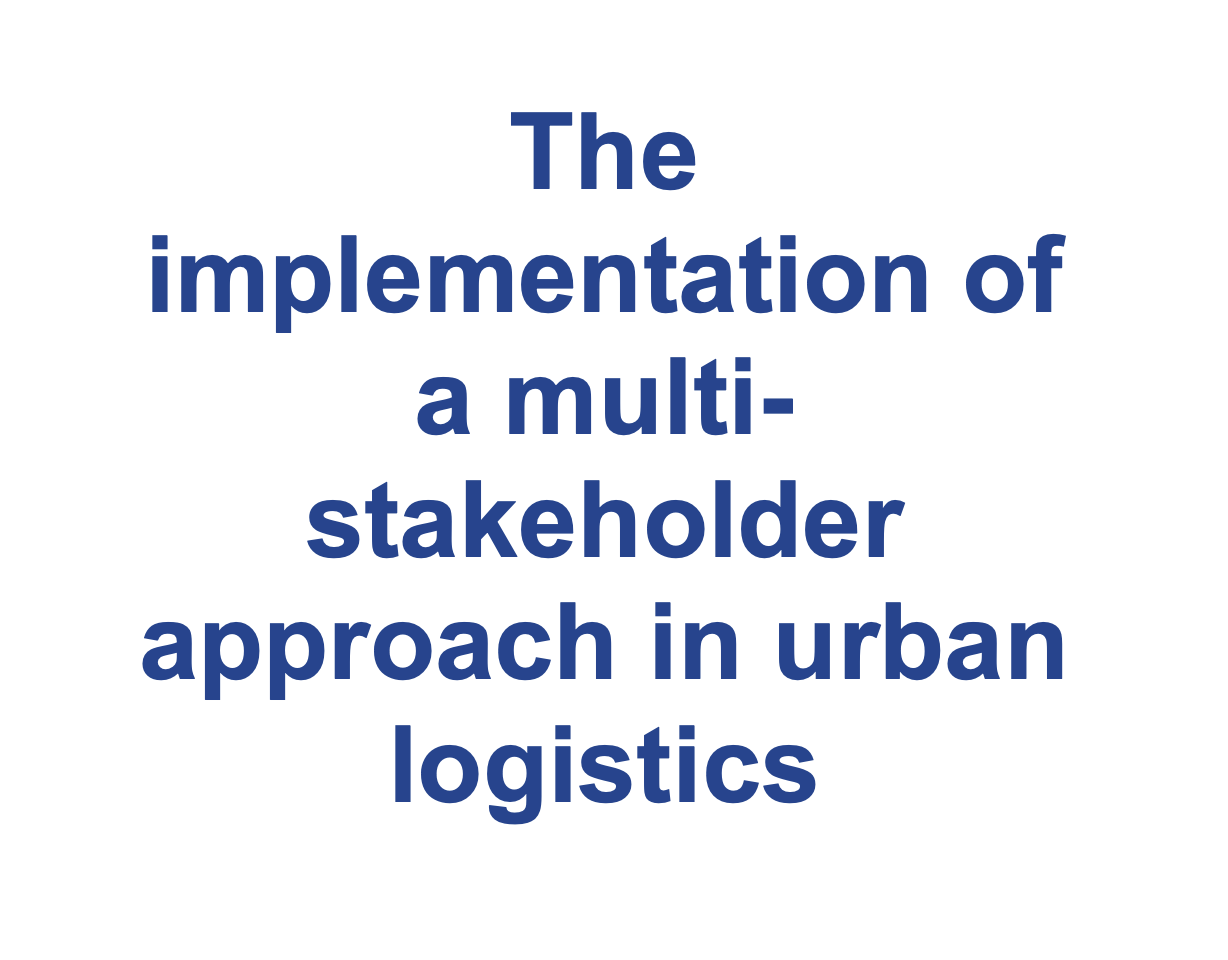
D2.2: The implementation of a multistakeholder approach in urban logistics
This deliverable introduces the multi-stakeholder approach conducted in Lighthouse cities Bremen, Groningen, and Mechelen. The aim of this approach was to define the solutions and respective needs and requirements for the planned ULaaDS trials in a co-creation dialogue with relevant stakeholders.
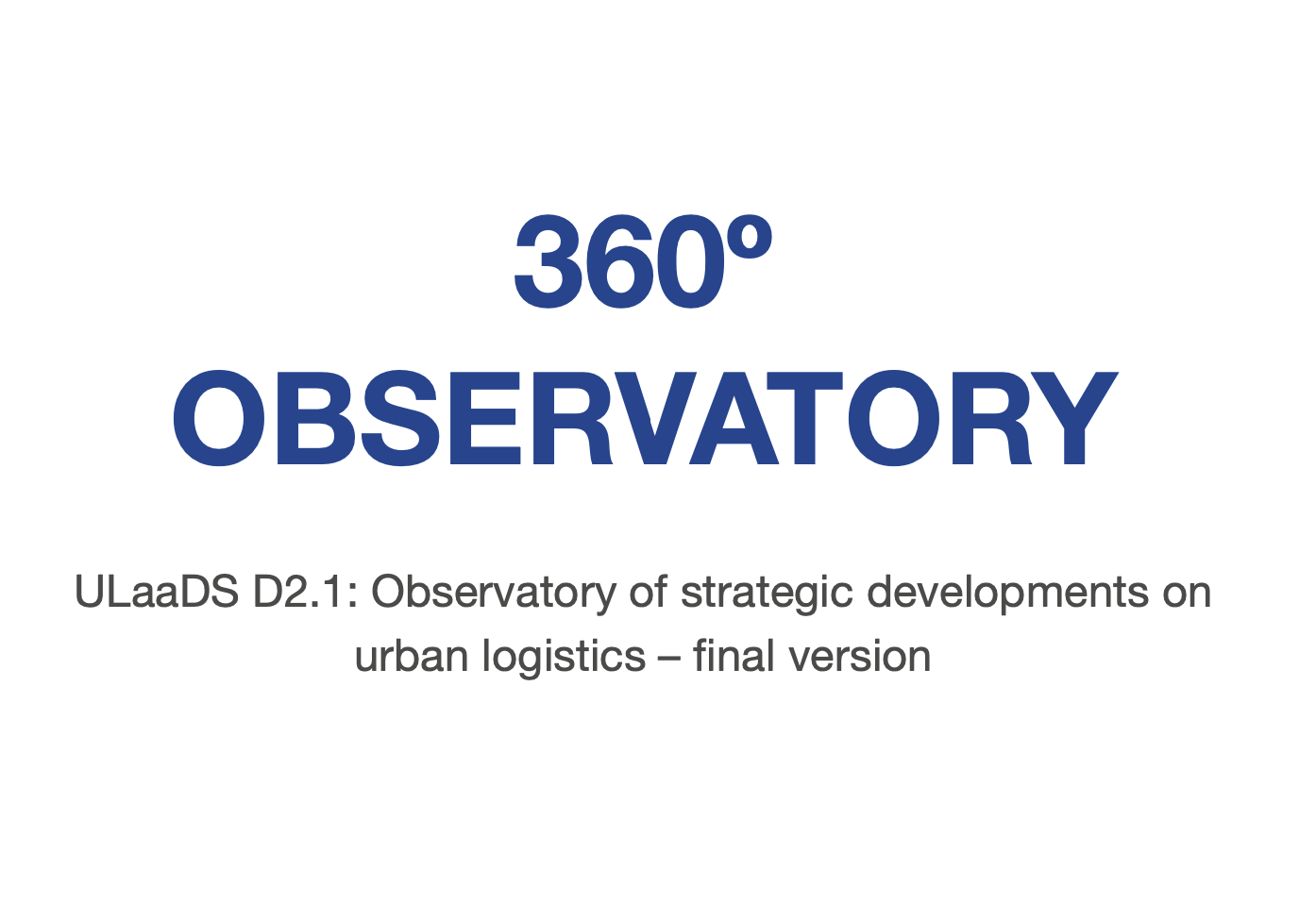
D2.1: Observatory of strategic developments on urban logistics
This report is a compilation of insights published in the ULaaDS 360° Observatory throughout the project (September 2020 – February 2024). The goal of the 360° Observatory is to fully recognise the challenges that are shaping and will shape urban freight transport through the on-demand economy in the future
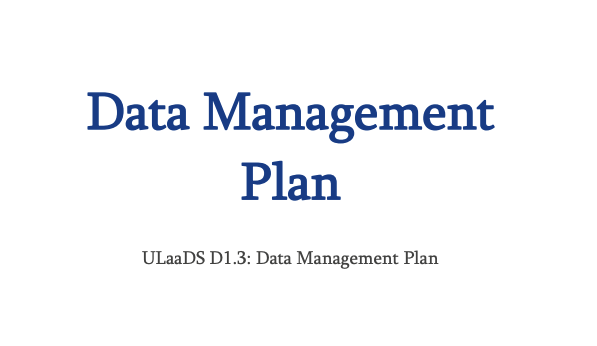
D1.3: Data Management Plan
This report outlines the Data Management Plan (DMP) of the ULaaDS project. Its main objective is to consolidate the guidelines for all project partners within ULaaDS that describe the data management processes for the data generated in the project.
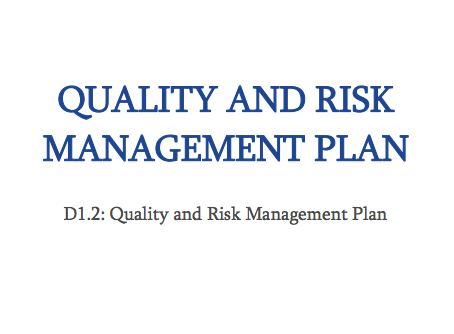
D1.2: Quality and Risk Management Plan
The aim of this deliverable is to report the detailed risk management plan prepared by the project coordinator together with all partners, aiming at guaranteeing the successful implementation of ULaaDS.
Towards zero-emission last-mile deliveries: Bremen in the spotlight
Watch the recording to discover the measures that Bremen is taking to make urban logistics more sustainable in partnership with various stakeholders, namely Rytle, the General German Bicycle Club ADFC and to-be-now-logistics-research-gmbh (tblnr). You’ll learn how Bremen is setting up micro-hubs on public ground and promoting a platform for shared cargo-bike rental to enable more sustainable last-mile logistics and private logistics.
Towards zero-emission last-mile deliveries: Groningen in the spotlight
Watch to discover the measures that Groningen is taking to make urban logistics more sustainable in partnership with various stakeholders, namely Groningen City Club, OV-bureau Groningen Drenthe (the city public transport agency), and the University of Groningen. You’ll learn how the city is developing and promoting a platform for shared zero-emission vehicles to enable collaborative #delivery models for shopkeepers and other entrepreneurs in the city and how the city has implemented logistics services at a multi-modal mobility hub for commuters, in collaboration with their public transport agency.
What’s in store for sustainable last-mile logistics?
ULaaDS researchers Paul Plazier and Ward Rauws (University of Groningen) have published a report providing an overview of the most relevant trends and developments that are likely to shape last-mile city logistics in the 15 years to come. Watch the video to find out more!
Resilient planning for Sustainable Urban Logistics workshop
This workshop was co-organised by ULaaDS partners Eurocities, Bax & Company and the University of Groningen as part of the 2021 Eurocities Mobility Forum, in collaboration with ALICE and the LEAD project. If you missed the session, click the button below to watch the recording!
ULaaDS video: Meet Uly!
Follow Uly on his mission to deliver Jane’s birthday present. This animated video gives viewers a digestible visual introduction to some of ULaaDS’ solutions and schemes.
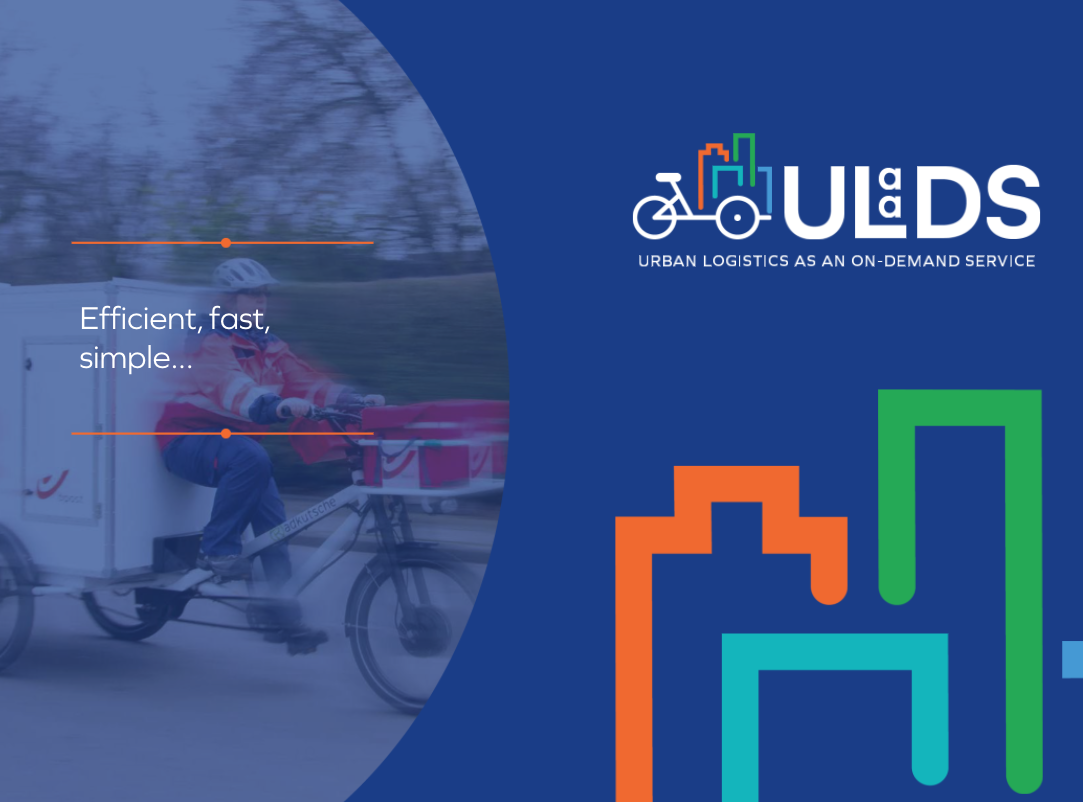
ULaaDS interactive leaflet
An interactive overview of the ULaaDS initiative
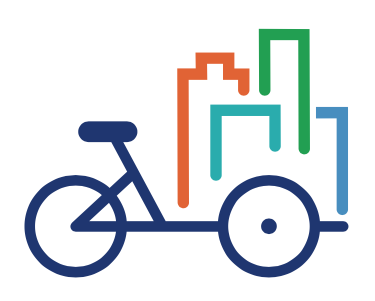
ULaaDS logo
Variations of the official project logo
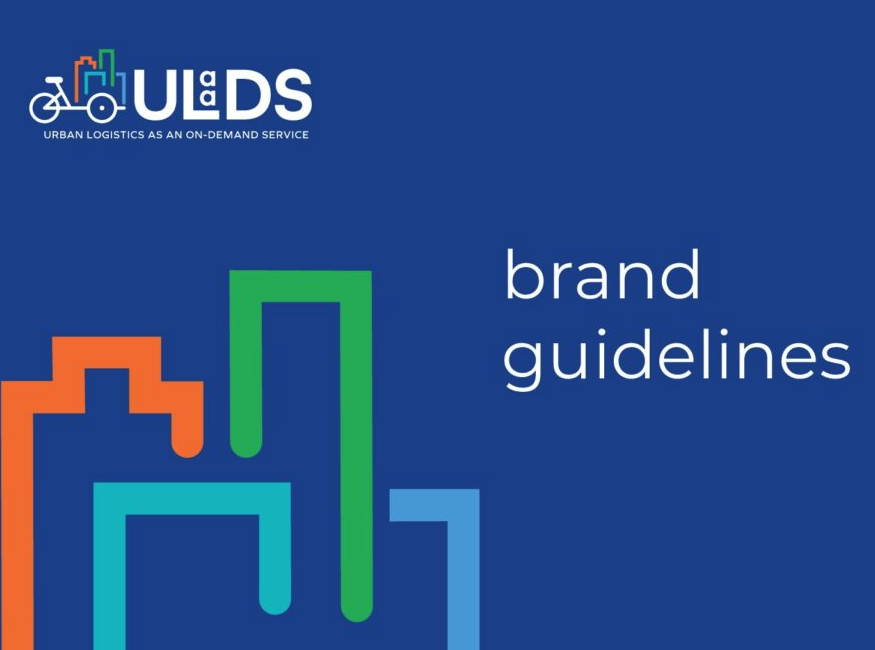
Brand identity guidelines
A guide on logo use including the official ULaaDS colour palette

Issue 7: January 2024

Issue 6: October 2023

Issue 5: December 2022

Issue 4: July 2022

Issue 3: February 2022

Issue 2: September 2021



